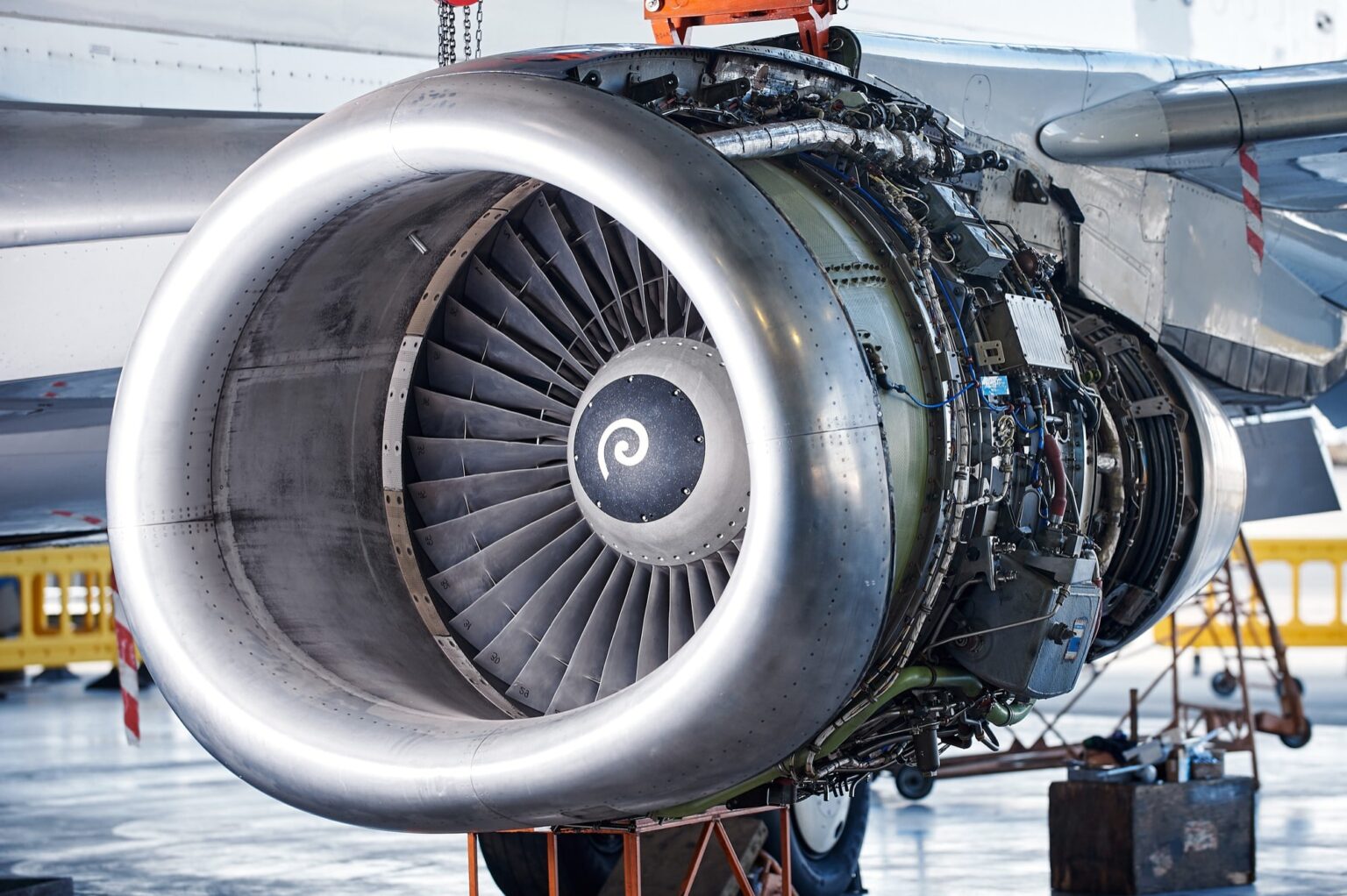Electric propulsion in aviation is a rapidly developing area that aims to revolutionize aircraft design and make aviation more sustainable. Traditional aircraft propulsion systems rely on fossil fuels, contributing to greenhouse gas emissions and environmental pollution. Electric propulsion offers a cleaner and more sustainable alternative by utilizing electric power sources. Here are some advancements in sustainable aircraft design enabled by electric propulsion:
- Electric Motors and Propellers: Electric propulsion systems replace traditional jet engines with electric motors and propellers. Electric motors offer high efficiency and generate less noise compared to combustion engines. They can be powered by batteries, fuel cells, or hybrid systems, depending on the specific aircraft requirements.
- Reduced Emissions: Electric propulsion significantly reduces emissions, including greenhouse gases and particulate matter. Electric aircraft produce zero emissions during flight, improving air quality and reducing the environmental impact of aviation. This is particularly important for short-haul and regional flights, where electric aircraft can have the most immediate impact on emissions reduction.
- Energy Storage: Advancements in battery technology are critical for the viability of electric aviation. High-energy-density batteries with improved power-to-weight ratios enable longer flight durations and higher payloads. Ongoing research and development efforts aim to enhance the energy storage capacity and charging efficiency of batteries, leading to extended flight ranges and increased operational flexibility.
- Hybrid Electric Systems: Hybrid electric systems combine traditional combustion engines with electric propulsion to increase efficiency and reduce fuel consumption. These systems use electric power for takeoff, climb, and landing, while relying on combustion engines for cruising at higher altitudes. Hybrid configurations provide the benefits of both electric and traditional propulsion systems, optimizing efficiency and range.
- Distributed Propulsion: Electric propulsion enables distributed propulsion configurations where multiple smaller electric motors and propellers are distributed across the aircraft’s airframe. This approach offers improved aerodynamic efficiency, reduced drag, and increased redundancy, enhancing safety and performance.
- Noise Reduction: Electric aircraft produce significantly less noise compared to traditional jet engines. The quieter operation of electric motors and propellers reduces noise pollution around airports and communities, making aviation more socially acceptable and environmentally friendly.
- Sustainable Operations: Electric aviation aligns with the broader trend of transitioning to renewable energy sources. The integration of electric aircraft with sustainable energy infrastructure, such as solar or wind power, allows for the use of clean energy for recharging or hydrogen production for fuel cells. This promotes a holistic approach to sustainable aviation.
While electric propulsion in aviation offers promising solutions, challenges still need to be addressed:
- Energy Storage: Improving the energy density and efficiency of batteries remains a major focus to increase flight range and payload capacity.
- Infrastructure: Developing charging infrastructure and establishing standardized protocols for electric aircraft charging at airports is necessary to support widespread adoption.
- Regulatory Framework: Establishing regulatory frameworks and safety standards specific to electric aviation is essential for ensuring the airworthiness and safe operation of electric aircraft.
Despite these challenges, electric propulsion is poised to transform the aviation industry, leading to cleaner and more sustainable air travel. Continued research, technological advancements, and industry collaboration are crucial for realizing the full potential of electric aviation and achieving a more sustainable future for air transportation.



